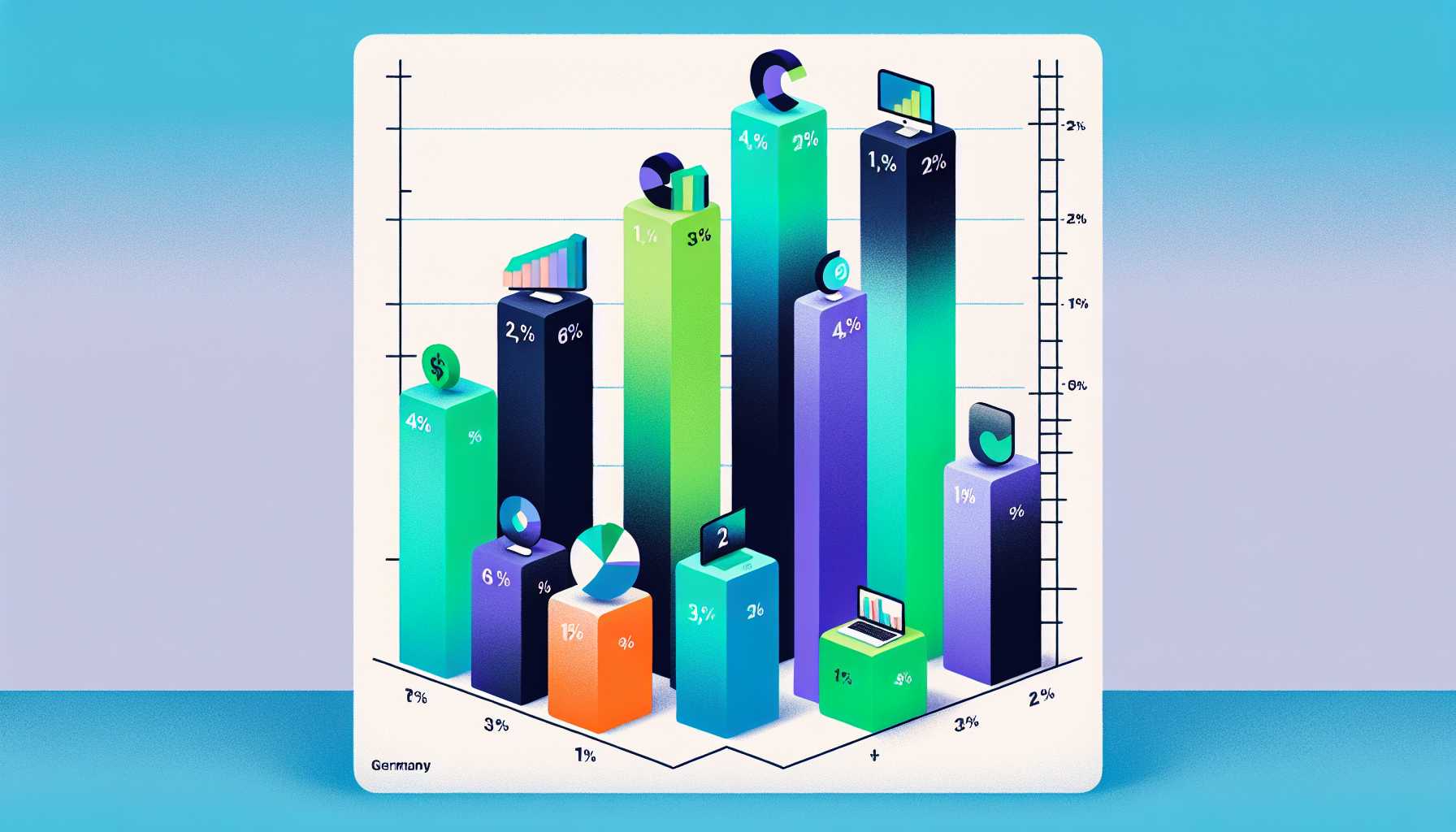Which Video Conferencing Tool Reigns Supreme in German Businesses?
Choosing the right video conferencing tool is crucial for businesses of all sizes, especially in a globalized world where remote communication is increasingly common. But with a plethora of options available, selecting the most suitable platform can be a daunting task. This article delves into the world of video conferencing tools, specifically focusing on the preferences of German businesses. We’ll explore the most popular choices, their key features, and the factors driving their adoption.
Top contenders in the German video conferencing landscape:
- Zoom: This global giant has gained immense popularity worldwide, including in Germany. Its user-friendly interface, robust features, and reliability make it a top choice for businesses of all sizes.
- Microsoft Teams: As part of the Microsoft 365 suite, Teams enjoys widespread adoption among businesses already invested in the Microsoft ecosystem. Its seamless integration with other Microsoft tools and robust security features make it a compelling option.
- Cisco Webex: A long-standing player in the video conferencing arena, Webex offers a comprehensive suite of features, including high-quality video and audio, screen sharing, and recording capabilities. Its focus on security and reliability makes it a popular choice for large enterprises.
- GoToMeeting: This user-friendly platform is known for its ease of use and affordability. Its focus on simplicity and core video conferencing features makes it a suitable option for small businesses and startups.
- Skype: A household name in the communication world, Skype offers a free tier for basic video conferencing needs. Its familiarity and ease of access make it a popular choice for individuals and small teams.
Factors influencing the choice of video conferencing tools in Germany:
- Security and data privacy: German businesses prioritize data security and privacy, making platforms with robust security features highly sought after.
- Ease of use and user experience: A user-friendly interface and intuitive features are crucial for seamless adoption and efficient communication.
- Integration with existing tools: Compatibility with existing communication and collaboration tools is essential for streamlined workflows and enhanced productivity.
- Cost-effectiveness: Businesses need to balance features and functionality with affordability, making cost a significant factor in their decision-making process.
The verdict:
While Zoom currently holds the top spot in terms of popularity among German businesses, the landscape is constantly evolving. Microsoft Teams is gaining traction, particularly among larger organizations, while other contenders like Cisco Webex and GoToMeeting continue to cater to specific needs. Ultimately, the best video conferencing tool for a German business depends on its individual requirements, budget, and existing technology infrastructure.
Image:
Conclusion:
Choosing the right video conferencing tool is a critical decision for German businesses. By understanding the key players, their features, and the factors influencing their adoption, businesses can make informed choices that empower effective communication and collaboration.

